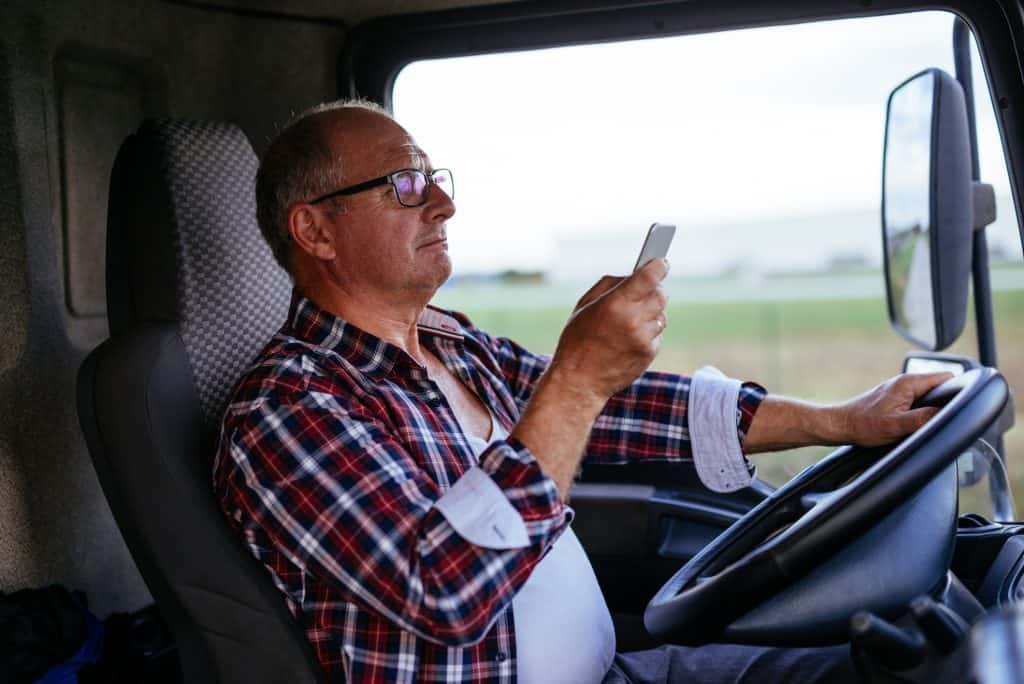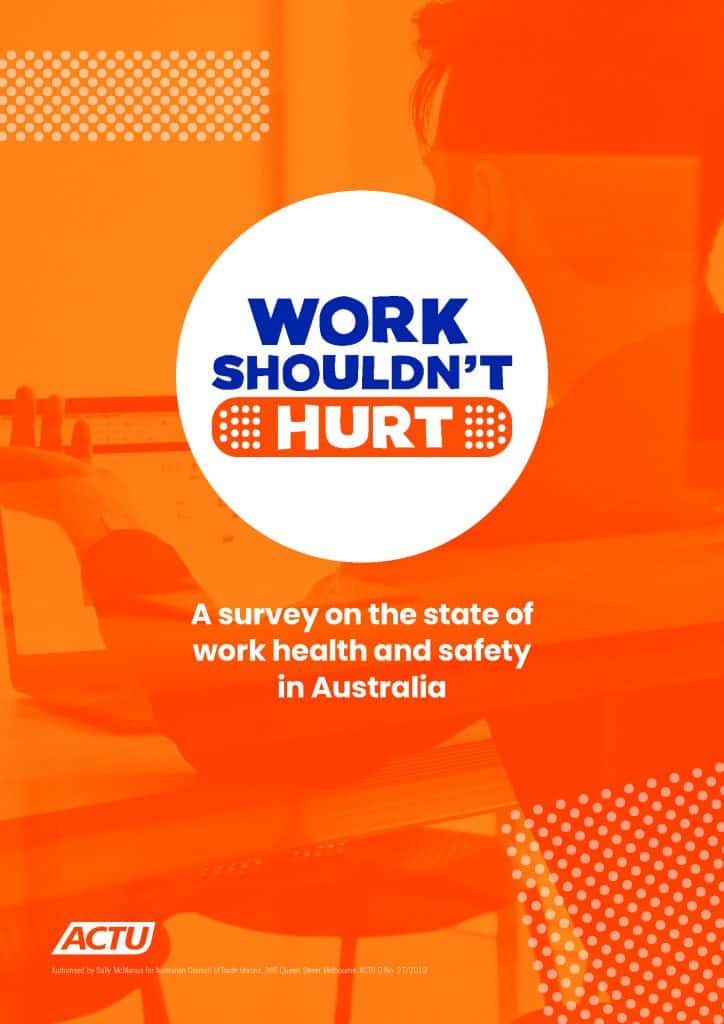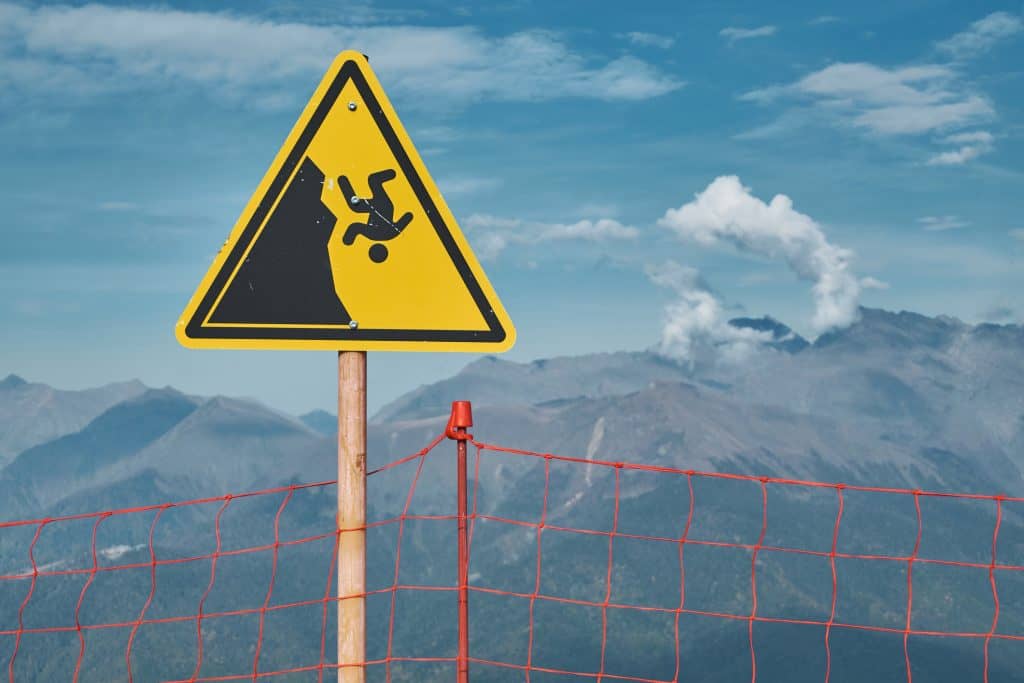
It is widely acknowledged that work-related incidents are under-reported through worker or management choice. But there are institutional practices that mean that incidents in company vehicles are reported as traffic incidents even though the driver may be obliged to follow company safe driving procedures and the car has been purchased exclusively for work activities. But this situation is not just related to transport. Last week, Michaela Dunn, was murdered by a client while at work but her death will not be recorded as a work-related death.




